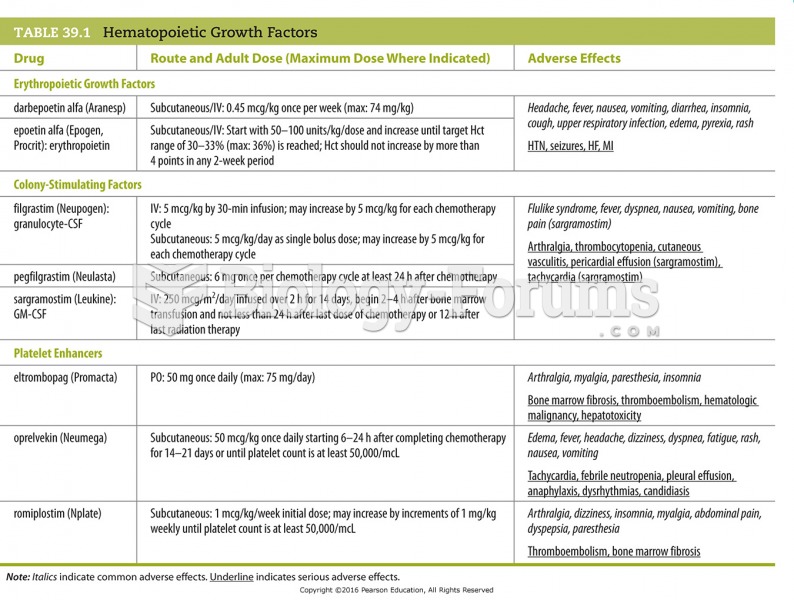Answer to Question 1
The most significant differences in Balkan and Middle Eastern foods are due to various religious dietary restrictions and proximity to other global cuisines. For example, the Christian populations of Croatia, Serbia, and Slovenia frequently consume pork, a favorite of neighboring central Europeans. Yet Christian Greeks, who have no pork prohibitions, eat it only occasionally, preferring lamb and goat, similar to adjacent Middle Easterners. Alcoholic beverages are banned for Muslims and are avoided in most Middle Eastern nations, though widely consumed in Turkey, perhaps due to historical associations with nearby Russia (beet soup is also popular). But despite these distinctions, foods are far more similar than different.
Answer to Question 2
To enjoy good health and maintain a reasonable body weight, you need to combine sensible eating habits and regular physical activity. This exercise allows you to evaluate your current body weight and consider some lifestyle factors important for weight management. First, check to see whether your current body weight falls within the healthy weight range, which usually equates to a BMI range of 18.5 to 24.9 . In a proper BMI table, find your height in the left-hand column of the table and look across the row to find your weight. Alternatively, you can calculate your BMI. What is your BMI? Does it fall within the healthy range? If your BMI falls within the underweight, overweight, or obese range, you may want to gain or lose weight to improve your health. Even if your BMI is within the healthy range, you may wish to improve your eating habits or fitness level. Create your own food and activity record (listing time, place, activity or food eaten, people present, and mood) for at least a 24-hour period.
-Make a list of the habits that support maintaining or achieving a healthy weight. For example, do you drink water rather than soda throughout the day and limit the time you spend watching television or playing computer games?
-Make a list of the habits that do not support maintaining or achieving a healthy weight. For example, do you eat when you aren't hungry or regularly choose fast food or vending machine food?
-What changes would you like to make in your daily habits to improve your health and nutrition?







